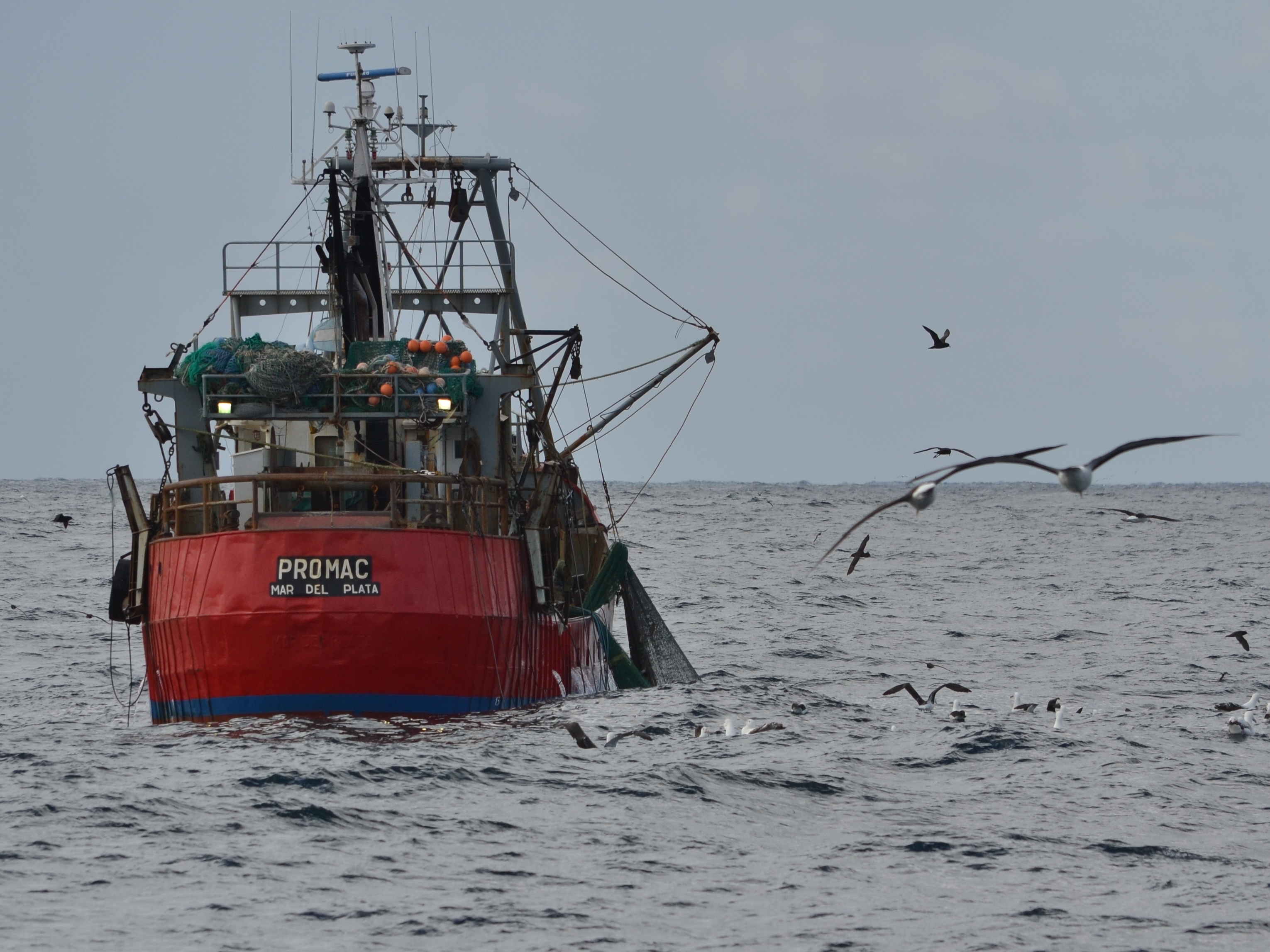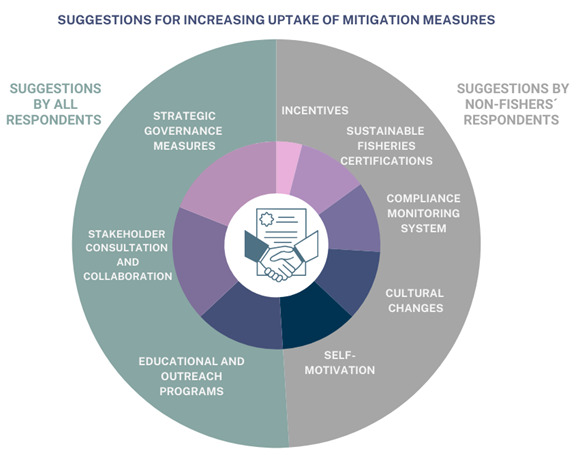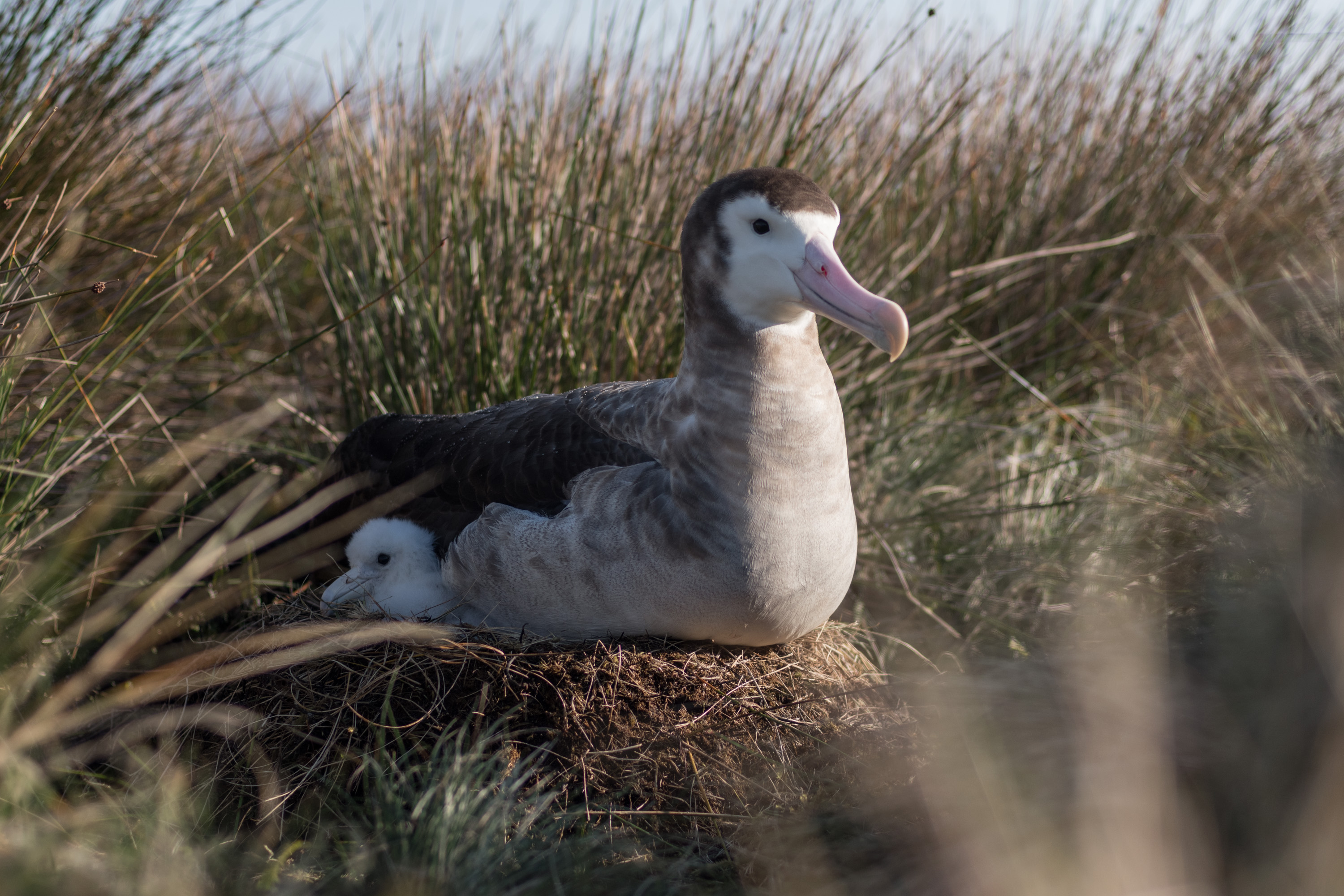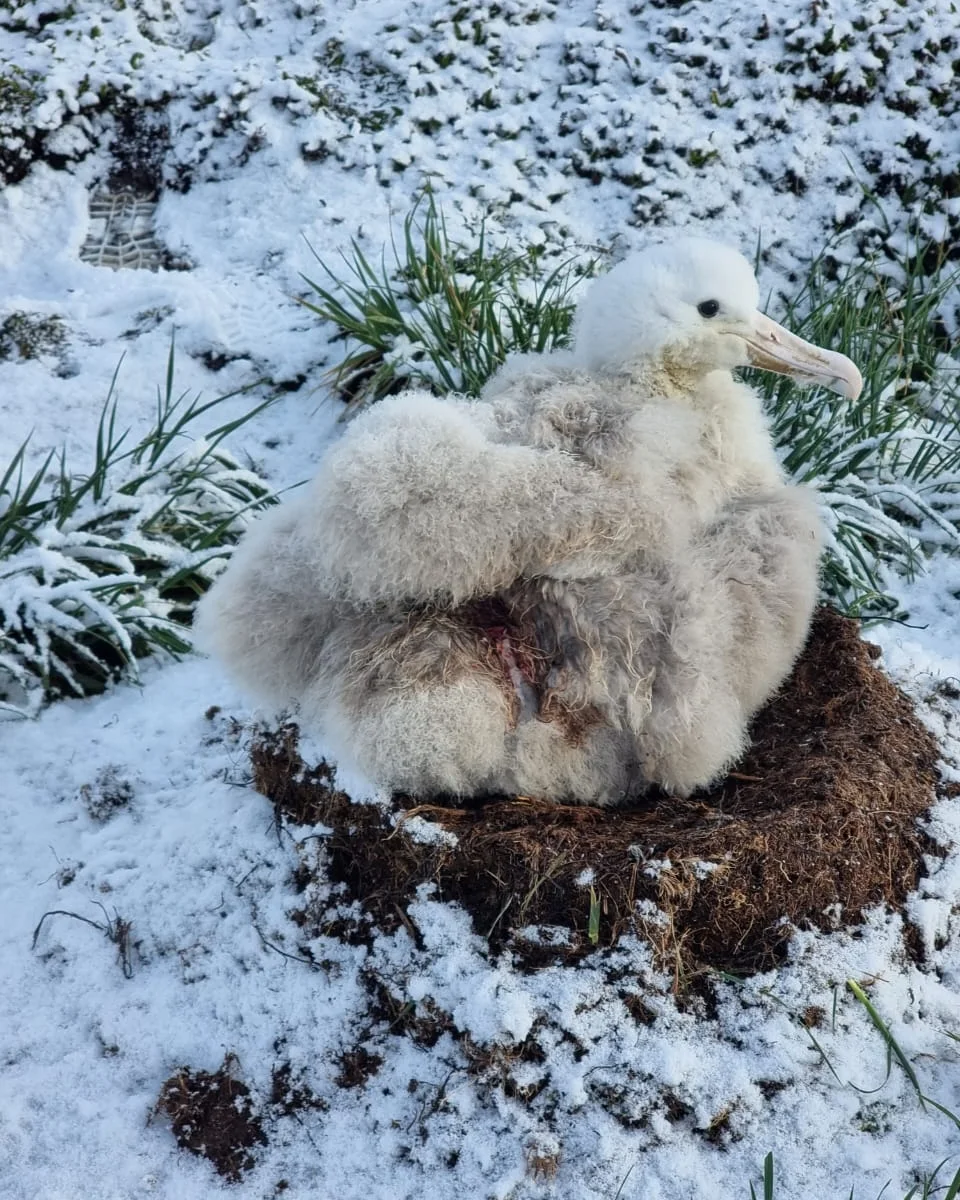 This wounded Wandering Albatross chick did not survive nocturnal attacks by introduced House Mice on Marion Island, photograph by Michelle Risi, June 2023
This wounded Wandering Albatross chick did not survive nocturnal attacks by introduced House Mice on Marion Island, photograph by Michelle Risi, June 2023
The Mouse-Free Marion Project is a registered non-profit company in South Africa, established to eradicate the invasive albatross- and petrel-killing House Mice on sub-Antarctic Marion Island in the southern Indian Ocean. The project was initiated by BirdLife South Africa and the South African Department of Forestry, Fisheries and the Environment. Upon successful completion, the project will restore the critical breeding habitat of over two million seabirds, many globally threatened, and improve the island’s resilience to a warming climate. An important part of the current planning stage is to raise the necessary funds for what will be a massive operation on a 30 000-hectare island.
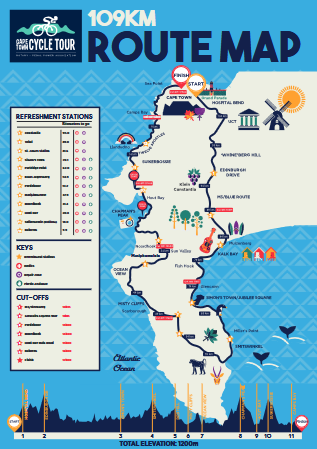
Round the peninsula: the route for the Cape Town Cycle Tour
On Sunday 9 March, 31 members of the Mouse-Free Marion Cycling Team will set off in their Mouse-Free Marion (MFM) Project cycling jerseys to ride 109 km around the iconic Cape Peninsula. It will be the 47th running of the Cape Town Cycle Tour, the world’s largest timed cycling event. Three members of the MFM Project Team will e cycling with the others on Sunday, with no less than 36 previous Cape Town Cycle Tours completed between them. It is planned to separate at the start into ‘fast’ and ‘slow’ groups to ensure everyone can expect an enjoyable ride within their capabilities. Members of the team come roughly equally from the South African Provinces of Gauteng and the Western Cape and have been training for the event with social rides and races over the last several months. Not all have yet met each other, so the ride will also be a social event with a planned gathering afterwards.

Last group training ride in the Western Cape before the big event. Mouse-Free Marion Cycling Team members John Cooper, Erica Leppan, Katta Ludynia and Jeremy George on the decent from Chapman’s Peak into Hout Bay on the Cape Town Cycle Tour route
Wearing MFM ‘colours’, the team’s aim will be to raise awareness for the MFM Project along the always well-spectated route, with occasional stops at scenic points for group photographs. Equally important, the team members will attempt to raise a total of R109 000 (R1000 for every kilometre cycled), equivalent to sponsoring 109 hectares, in support of the project. To this end team members are approaching their friends, colleagues and relatives to sponsor them an amount for each kilometre they ride. Readers can also sponsor with any multiple of R109 or a lump sum via the team’s GivenGain appeal. Marion Island’s beleaguered albatrosses will thank you!
John Cooper, Emeritus Information Officer, Agreement on the Conservation of Albatrosses and Petrels, 04 March 2025

 English
English  Français
Français  Español
Español 